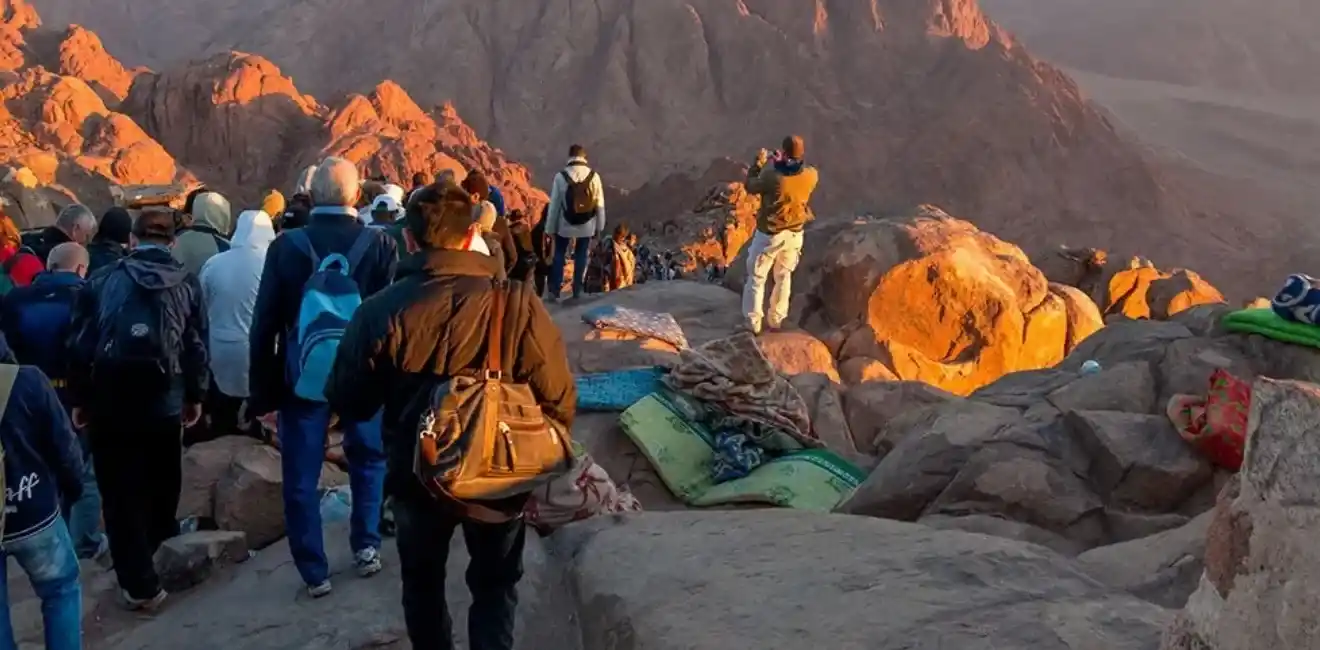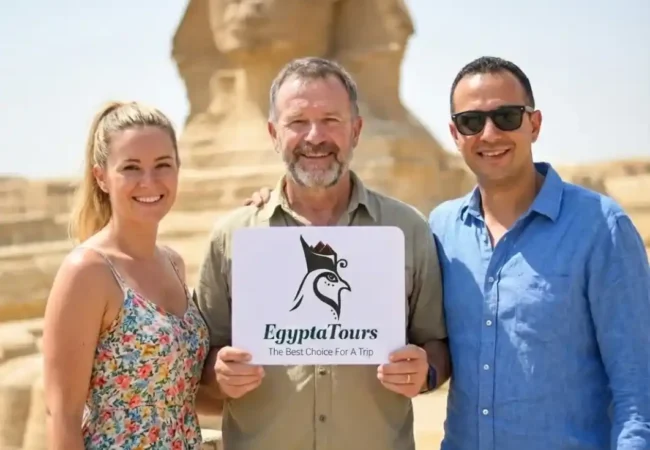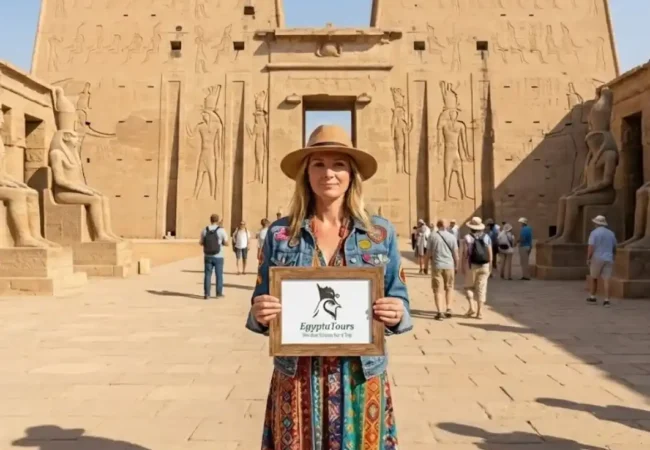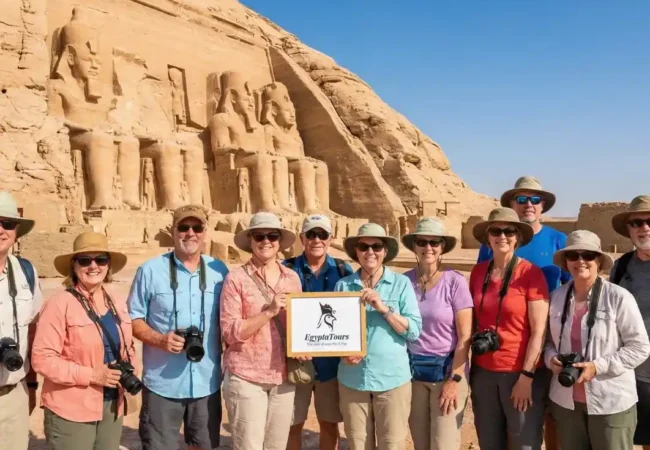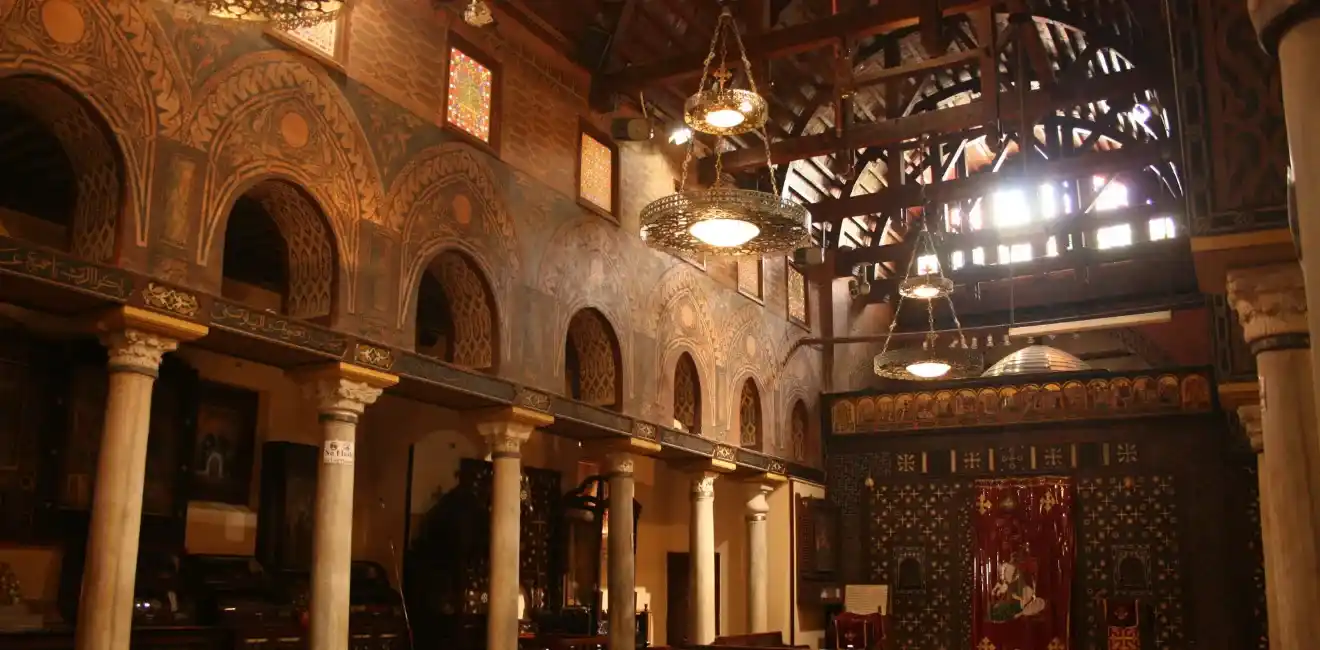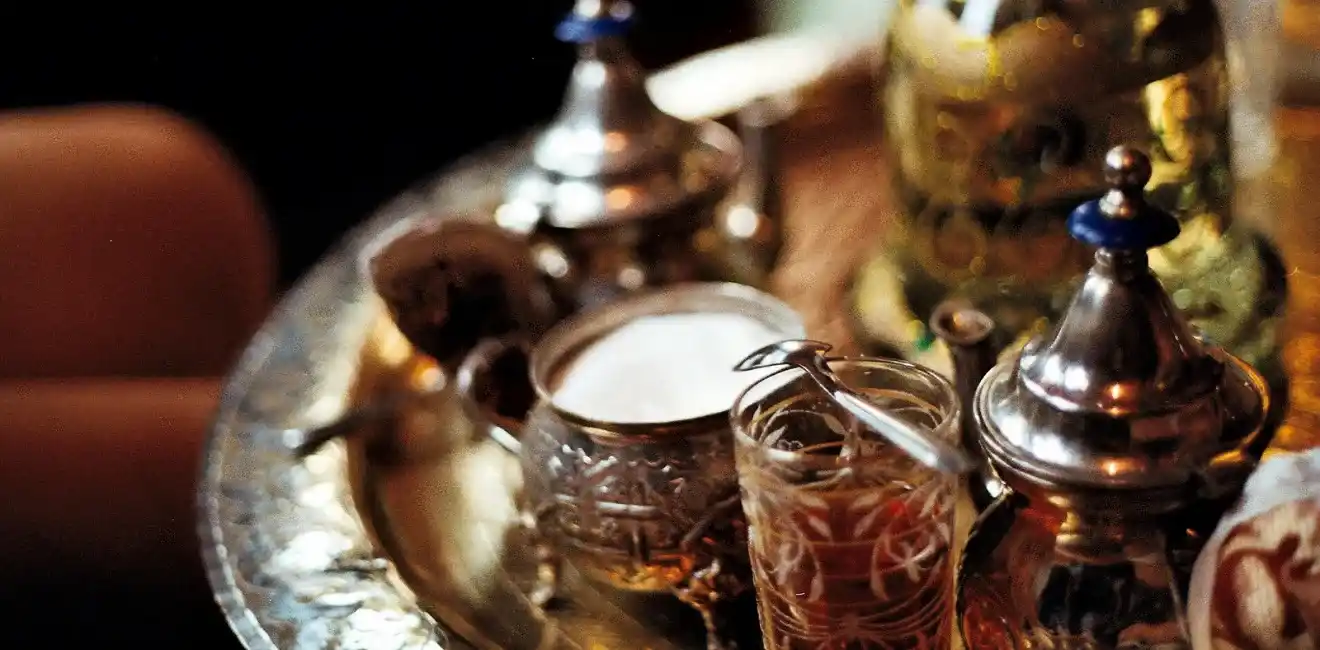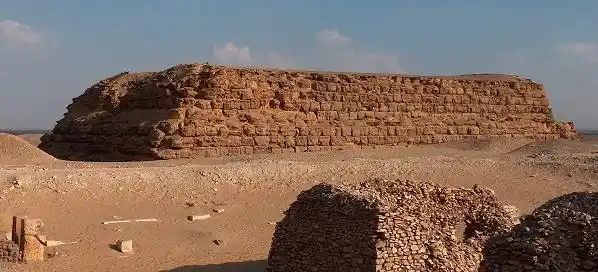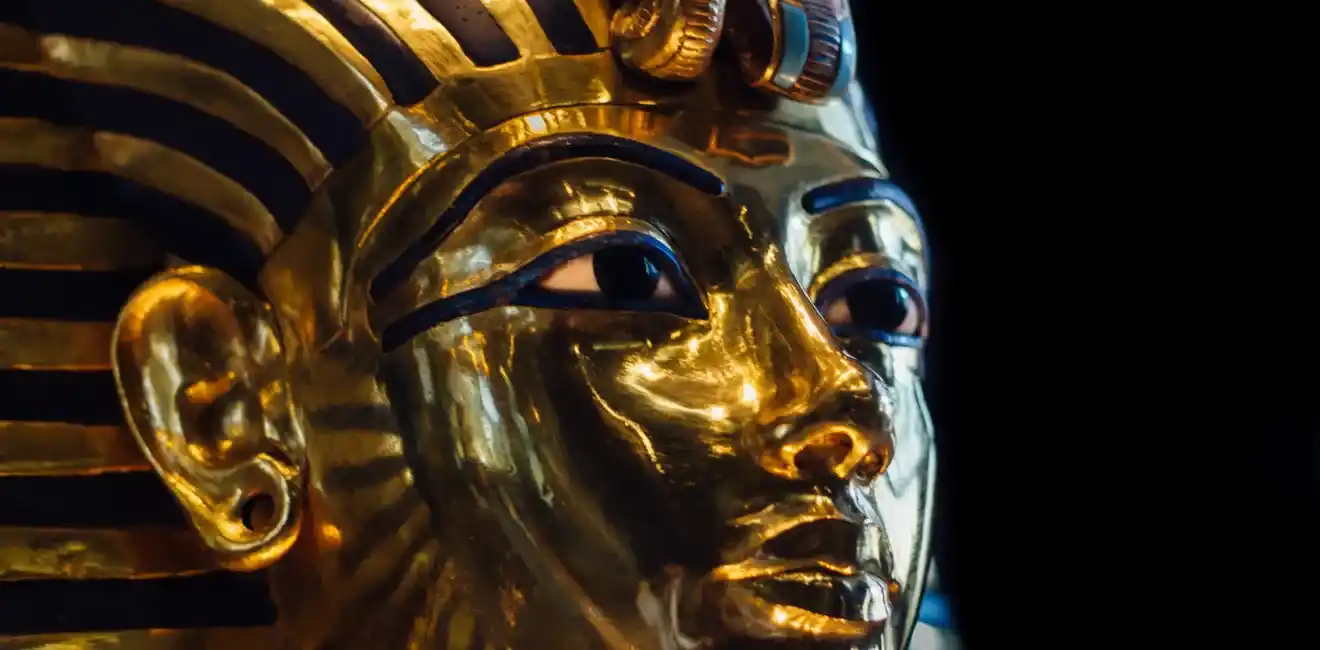
The Screaming Mummy
Ancient Egyptian civilization and its Pharaonic treasures are an endless source of inspiration for scientists and explorers around the world.
Their secrets haunt the minds of researchers and satisfy the curiosity of archaeologists especially when it comes to the royal mummies which continue to baffle and raise questions to this day.
Among these mummified bodies preserved in astonishing detail over the centuries is a mysterious mummy known as the “Screaming Mummy.” In this article, we will learn more about its story.
In 1935 during an American excavation mission at Deir el-Bahari in Luxor a wooden coffin was found inside the tomb of the family of Senmut Queen Hatshepsut‘s engineer.
What they found inside however, upended all understandings: an unknown woman her mouth open as if she were screaming in indescribable pain, and her eyes closed as if she had surrendered her soul under the weight of unbearable torture.
Later known as the “Screaming Mummy,” she remained a mystery for decades until Egyptian physician Sahar Selim decided to delve into this dark world to shed light on its hidden details.
A CT scan revealed that the woman was in her late forties at the time of her death and that she had not been mummified according to the usual rituals. Her entrails had not been emptied nor had her brain been removed, but she was astonishingly well-preserved.
What’s more, her open mouth was not the result of mummification, but rather the result of a truly painful death, the horror of which haunts her features to this day.
This screaming mummy was no ordinary woman. She wore two gold and silver rings each bearing a jade beetle symbol that may have been a sign of her social identity, or perhaps an attempt to conceal her crime or exonerate her from guilt.
These artifacts are now on display at the Metropolitan Museum of Art in New York testifying to a mystery that has yet to be clarified.
A CT scan of the “Screaming Mummy” revealed unexpected details.
The woman was toothless and had undergone mysterious medical procedures throughout her life.
Did she suffer from a chronic illness? Or was there a specific behavior behind the extraction of her teeth? No one knows, but what is certain is that the loss of her teeth was not random, but rather carried some significance.
It may have been attributed to an ancient Egyptian dentist like Hesy-Ra, the first to record his name in medical books throughout history.
Ironically this woman wore a carefully braided wig made of real hair covering her shoulders as if she were preparing for a royal performance. Using a microscopic electron microscope, the composition of this synthetic hair was revealed revealing it to be covered in a thick embalming substance.
Mummification of the Screaming Mummy
Recent studies have revealed the hidden secrets of the “Screaming Mummy.” Advanced analyses using Fourier transform infrared spectroscopy have shown that the hair crowning her head was not natural, but rather skillfully woven from plant fibers extracted from the nerve of date palm fronds, in a delicate work of art that demonstrates extraordinary attention to detail.
This wig was attached to a thick, mysterious black substance containing a rare mixture of quartz magnetite, and albite, a delicate mineral composition. Its presence was also confirmed by carefully taken CT scans.
A careful chemical analysis of the mummy’s skin and both natural and artificial hair revealed the use of luxurious embalming ingredients most notably the rare juniper resin extracted from trees growing in regions such as the eastern Mediterranean and Syria.
It is known for its resistance to decay and insects. Traces of the aromatic frankincense extracted from the Boswellia papyrifera tree were also found in parts of the skin and hair while traces of Henna was applied to her real hair indicating the aesthetic rituals that accompanied the mummification process.
Computed tomography (CT) scanning a precise technique that uses X-rays to create three-dimensional images without disturbing the mummy’s body confirms that the body was remarkably well preserved.
What’s striking however, is the absence of any signs of the removal of internal organs or the brain as was common in pharaonic mummification rituals.
With an expert eye Dr. Salim reveals that the woman died in her mid-forties and appears to have undergone mysterious medical procedures including the unexplained extraction of some of her teeth.
This prompted her to proudly affirm the pioneering role of ancient Egyptian medicine pointing to the famous physician Hesy-Ra the first to record his name in medical and dental records throughout history.
It is noteworthy that the embalmers used rare and expensive materials in this case demonstrating the importance and status of this woman in her society.
Her wig, a masterpiece in itself consisted of two sections cascading down either side of her head to shoulder level securely fastened over the skull displaying eternal beauty.
The Method of Mummifying the Mummy
After discussing the striking details of mummy embalming, we must recognize that in ancient Egyptian rituals death was not the end, but rather the beginning of an eternal journey toward eternity.
For this journey, embalmers paid special attention to the body not just to preservation, but also to beautifying the deceased so that he would appear in the afterlife in a form befitting immortality.
Among their strange rituals which demonstrate amazing precision was the practice of securing the lower jaw by tying it to the head so that it would not fall apart after death thus preserving the dignity and prestige of the deceased.
Despite all this precision, what appeared to be an “open mouth” in the mummy of the screaming lady was not the result of negligence, but rather of their own will.
The evidence is that the mummification process was meticulously executed using high-quality materials available only to the elite.
Her body was shrouded in lavish funeral attire and adorned with two rare gold and silver rings while her head was crowned with a long luxurious wig woven from date palm fibers.
Secrets about the screaming mummy
The screaming mummy was 48 years old at the time of her death according to a careful analysis of her pelvic bones which bear the hallmarks of age like a secret code. But what caught the eye was not only her age, but the rituals she underwent during the mummification process.
In official statements made by Dr Sahar Selim Professor of Radiology at Kasr Al-Aini revealed that The woman’s body was soaked in a rare and luxurious blend of mountain incense and juniper gum substances used only in the mummification of high-ranking individuals.
Even more astonishing a full examination revealed no cracks or cavities in the body.
This is what was previously known her internal organs including her brain diaphragm, heart, lungs, liver, spleen, kidneys, and even intestines were still intact in their original locations as if time had stopped in respect for this unique corpse which refused to be emptied as usual.
FAQs
Why was the mummy screaming and screaming?
She died with a silent scream on her face as if the pain had been trapped in her body for an eternity. Evidence suggests that she experienced a harsh death throes perhaps under intense psychological pressure that caused her muscles to freeze at the moment of death rendering her face rigid with a terrifying expression that immortalized the final moments of terror that resided within her features.
Who was the screaming woman?
The mummy was extracted from a wooden coffin carefully placed in a deep burial chamber beneath a tomb belonging to the Senmut family. Although her identity remains a mystery her social standing was not lost on anyone.
The rich details of her burial reveal a woman of high status. Her hands were adorned with precious gold and silver rings studded with two carved jasper stones symbols of immortality and resurrection in ancient Egyptian belief indicating that she was not merely dead, but an immortal woman.
How many mummies are there in Egypt?
22 royal mummies from the era of the Pharaohs.
Ultimately, the “Screaming Mummy” remains a witness to buried secrets and a life that lay behind her lifeless features. Her body wrapped in lavish mummification rituals, and her cries that defied death with silence reveal a story that has yet to be fully told.
She is not just a body in a coffin, but a mirror of a great civilization that knew how to immortalize humanity in its majesty and mystery even after thousands of years.


